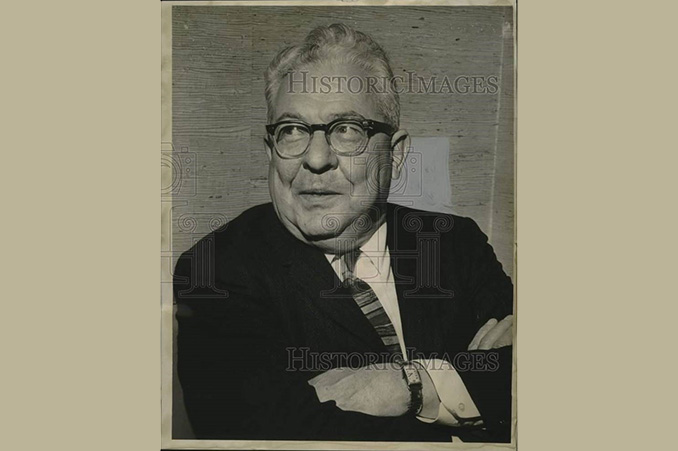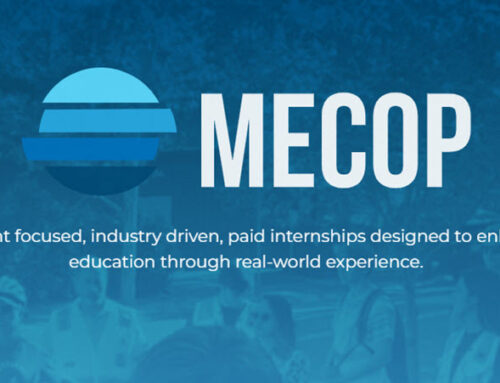
Frank Lee
The New York Times Frank Lee obituary May 28, 1983.
“Frank H. Lee, professor emeritus of engineering graphics at Columbia University and the originator of a program for a combined liberal arts and engineering education. He is credited with the creation and successful development in 1951 at Columbia of the combined program, which allows students in more than 80 colleges in the country to transfer to Columbia’s School of Engineering and Applied Science after three years of liberal arts studies. During World War II, he was involved in the effort at the Grumman Corporation in Bethpage, L.I., to train women as engineers under the Engineering Science and Management War Training Program. He is survived by..”
Frank Lee was one of a few people who saved my life. At first, I thought it was my grandmother and brother. After many years I remembered Frank Lee. I realized my engineering degree, which at first thought was a false path, was indeed a good fit and gift. “I should have been a writer, journalist, or a mathematician” to myself. I loved math and was an excellent writer and journalist in high school.
My career provided flexibility and independence and supported my inherent nature of lifelong learning and exploration. My education gave me a mind grounded in logic and analytical thinking. It gave me a thirst for discovery and understanding grounded in Pythagoras.
Pythagoreanism, with its emphasis on attuning the soul to a vision of the deepest level of reality through the study of mathematics and proportion, lies at the heart of Plato’s educational program describe in the Republic. David Fideler Pythagoreanism
I hadn’t thought about Frank Lee for decades. I could not even remember his name or the woman who worked by his side. All I remembered was he was an old guy, bent over and rough and underneath very nice like a lot of people in New York City. I called my friend Rebecca from graduate school hoping she remembered. Frank Lee also recruited Rebecca to Columbia’s Engineering School. Rebecca went on to get her Doctorate in Engineering and worked in aerospace. She called me back immediately with “Frank Lee and Eva Hoenig”.
My intention was to write a letter of appreciation to his family. I knew it might be tough to find his descendants. Before calling Columbia University, I took a chance with an internet search. I was in luck. The New York Times had published his obituary May 28, 1983.
I searched the internet for his family to no avail. I called the Columbia University Engineering department and Alumni and HR offices. No records of him were available and was told those records were before “computers”. (If by chance this article reaches someone who knows of Frank Lee or Eval Hoenig, please contact me on Linked In.)
Diversity and Inclusion
Frank was a forerunner of “STEM” long before the program was an acronym in some bureaucrat’s mind. He lived diversity and inclusion recruiting males and females, gay or straight. Frank developed and implemented diversity and inclusion in the Ivy League long before it was a thing and leveraged by to lower standards for acceptance in higher educations.
Although the number of female engineers today has greatly improved since the early 1980s, when only 5.8% of engineers in the U.S. were women, it’s still surprisingly low. In 2019, Only 13% of engineers are women, 15% globally.
Women, who are good at math, are not making Engineering a career path due to the same but different social norms as 60 years ago. https://link.springer.com/article/10.1007/s10798-019-09550-4
Worse still white men are excluded and discouraged from entering STEM fields by university and college entrance requirements. See James Hankins, Harvard, The Honor Deficit. Diversity now means color of skin or transgender. As if with the sacrifice of white men and women something can be accomplished.
The 3-2/ 4-2 Engineering transfer program Frank Lee created does not exist. Columbia University’s 3-2 and 4-1 Combined Plan Program is limited to only Columbia students and transfers from undergrad to grad. There is no mention of Frank Lee or Eva Hoenig.
Broken Supply Chain- Education- A New Role for Business in Workforce Re-Education?
I thank Frank Lee for his program and vision and recruiting me and my fellow students at Columbia. We need more Frank Lee’s in education and business. Programs like Frank’s, as well as a basic education are lost. As Peter Boghossian so aptly stated in his resignation letter from Portland State University, Sept 2021 “the school has made “intellectual exploration” an “impossible” feat, and students at the university “are not being taught to think,” but rather, “are being trained to mimic the moral certainty of ideologues.”
The gaps in K-12 and higher education became glaringly apparent to students, parents, and businesses over the past 15-20 plus years. The K-12 system and colleges and universities may be broken to the point of being irredeemable. And most institutions of learning do not want to be redeemed. During and post Covid, more and more parents are opting out of the public education system.
I started to see this problem in organizations and talk about it with my clients. This issue manifests itself in a variety of ways, painfully apparent to the employer. Without a basic good education how can an employee be viable in the workplace or in their own life? How can an employer produce a product or service at a reasonable cost? What about businesses who desperately need qualified employees but can’t find them?
In the “short” forgotten past, businesses educated their employees after high school or formal academic degrees. Examples include IBM, Ford, Westinghouse, and many others. Most of these programs fell by the wayside. Do business led education programs need to be revitalized? What are the benefits of an employer taking responsibility for employee education?
One of my clients offered Cornell’s online program to employees, few followed up. Many employers pay for education at colleges and universities only to return little benefit, because this approach does not fix the root cause of the problem, the education system itself.
One example of such a business led program being today is Dr. David Fiddler’s The Renaissance Program founded on Petrarch work to lead the Italian Renaissance.
Please share other solutions or examples of businesses taking employee education into their own hands. Linked In. If you know of Frank Lee or Eva Hoenig, please contact me.


